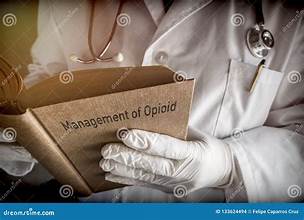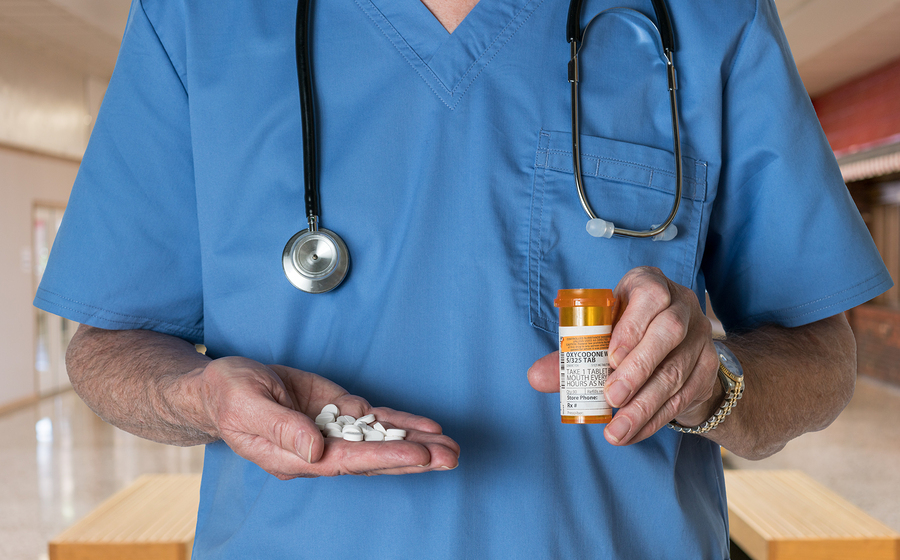Opioid addiction has insidiously and pervasively lived on to be one of the largest public health crises ever to hit millions around the world. Much to that, healthcare facilities today are pushing forward various innovative strategies that can confront such a multi-faceted issue. This would focus on the infusion of technology and other holistic aspects of care in the interest of optimizing patient outcomes and really facilitating sustained recovery.
Medication-Assisted Treatment:
Medication-Assisted Treatment is one of the cornerstones of contemporary treatment for opioid addiction. In contrast to traditional detoxification methods, which are simply oriented toward managing withdrawal symptoms, MAT incorporates medications like methadone and buprenorphine with behavioral therapies and counseling. This assists in the stabilization of brain chemistry and the management of withdrawal symptoms and cravings, hence rendering better adherence to the treatment and reducing the risks related to relapse.
MAT has, over the years, been acknowledged to have value in maximizing treatment outcomes. The modern treatment center views MAT as the first line of choice outlined in its comprehensive treatment plan, understanding how it can benefit a patient in their road to recovery in numerous ways.
Harm Reduction Strategies
Besides MAT, harm reduction strategies are becoming another increasingly pragmatic approach to dealing with the opioid crisis in healthcare facilities. Contrasted with a traditional abstinence-based model, harm reduction strives to lower the negative aspects of the consequences of drug use without mandating its immediate cessation. Harm reduction strategies include needle exchange programs, naloxone distribution programs, supervised injection sites, and education about overdose prevention.
Specialized methadone dispensing software is vital in harm reduction due to its allowance of precise medication dispensing and inventory management in real-time. It not only helps patients avoid overdose but also supports healthcare facilities in the optimization of the treatment protocols and indiscriminate medication errors.
Telemedicine Services
One of the hefty challenges to Addiction Treatment remains access, particularly dwelling in a rural or underserved area. Grasping this challenge, it is not surprising to see many contemporary facilities incorporating telemedicine services in their operation in order to offer more geographical reach to their addiction treatment programs. Using telemedicine, it becomes easy to provide medication management, counseling sessions, and support groups right from the comfort of patients’ own homes.
Secondly, telemedicine increases access while eliminating much of the stigma associated with attending treatment. Patients can participate in their therapy sessions very privately, which improves their willingness to actively participate in their recovery. Besides, telemedicine can help health providers provide timely interventions and support to their patients, which, in turn, helps in betterment of the treatment outcomes.
Trauma-Informed Care
Trauma, like abuse during childhood or violence, scarred the lives of too many people who now have problems with addiction to opioids. Traumatic experiences almost universally underpin the development of problems with addiction and point to the need for trauma-informed care in treatment.
Contemporary health institutions employ trauma-informed care principles in the modes of treatment to offer safety and support to their patients: safety, trustworthiness, empowering, collaboration, and culture sensitivity—increasing abilities for resistance and healing among people with a background of trauma. Health practitioners, on having to address underlying traumas, help patients develop mechanisms of overcoming and thus lay a befitting base for recovery.
Innovative Treatment Modalities
Health centers are beyond the traditional approaches and focus on innovative modes of treatment to help patients with opioid addiction in the best possible way. They include cognitive-behavioral therapies, mindfulness-based interventions, and peer support programs. Cognitive behavioral therapies involve the process of recognizing and changing maladaptive thoughts and behaviors related to substance use by the patient.
Mindfulness-based interventions, such as meditation and yoga, improve skills in emotional self-regulation and stress management in the face of cravings and other emotional triggers. Programs providing peer support—like Narcotics Anonymous or SMART Recovery—provide social support and encouragement from people facing similar challenges, contributing to an empowering sense of community and breaking down isolation.

Holistic Support and Information
Effective treatment for opioid addiction calls for a multi-disciplinary approach in the medical, psychological treatment, and social support given to a patient. Most modern health institutions today work on the model of comprehensive care; now, any patient checking into an addiction hospital would be equated with adequate resources that involve education, family therapy sessions, and vocational trainings targeted at arming the patient with essential life skills that give impetus toward a healthier long-term life free from addiction.
Educational programs inform patients and their families about the real nature of addiction, treatment options, and relapse prevention. Family therapy spans interpersonal dynamics and strengthens the support systems in a family, which is very important for somebody to hold on to sobriety after treatment. Vocational training programs empower people with the ability and confidence to live in society successfully and bring down the possibility of relapsing into old behaviors.
Address Stigma Through Advocacy
The modern healthcare facility, however, goes much beyond the incorporation of advanced treatment modalities in fighting stigma associated with opioid addiction. Many times it is the stigma that has caused people not to come forward looking for treatment; rather, it has been one of the reasons for misconceptions regarding addiction as a moral failing instead of treating it like any other medical condition. Healthcare providers engage in advocacy efforts that are geared toward promoting public awareness and reducing stigma intended for protection through policy change for addiction treatment and harm reduction initiatives.
Advocating on behalf of evidence-based practices and furthering policy reforms, healthcare facilities are very much involved in convening supportive environments that put compassionate care at the forefront and engender a culture in which seeking help for substance use disorders is less stigmatizing. Further empowering people and families to seek timely interventions and support through education campaigns and community outreach efforts, early intervention can be promoted with reduced harm to individuals and communities life due to the effects of addiction to opioids.
The Future of Addiction Treatment
The future of treatment for addiction looks bright, with further innovation and improvement foreseen. Pharmacotherapy is advancing, with new drugs in development and person-centered treatment approaches that will give a better way of managing opioid addiction. For other major comorbidities, like co-occurring mental health disorders and chronic pain conditions, integrated models of care are emerging that can provide intervention comprehensively and individualistically.

New health technologies using artificial intelligence and telehealth platforms will integrate to change the current delivery and monitoring of addiction treatment. These technologies permit real-time data collection, the individualization of treatment, and remote monitoring with contemporaneous measurements of outcomes—major features likely to improve treatment adherence and thus its effectiveness. With healthcare always evolving, stakeholders coming together, investing in research, and truly keeping the patient at the center of care will guide continuous improvement in addiction treatment and improve lives affected by opioid addiction worldwide.
Conclusion
Conclusively, today healthcare centers are in the very forefront in responding to opioid addiction with novel and sensitive ways of handling the addiction. Such healthcare facilities do their best to help people affected by opioid addiction, from integrating medication-assisted treatment and harm reduction strategies to telemedicine services, trauma-informed care, and novel treatment modalities.
That is the goal of every professional working in healthcare, to enable patients through holistic principles of care and comprehensive support and education, so that they can start reclaiming their lives back on the pathway to long-term recovery and developing brighter futures. Further research and collaboration are mainly required for the continued march of healthcare improvement in the treatment outcomes for addiction and lessening the toll on society that opioid addiction produces.
These contemporary modes of interventions make healthcare facilities take on a new look in their effort to treat addiction, hence restoring hope and healing among individuals and entire societies smacked by opioid addiction.


One thought on “Contemporary Strategies in the Treatment of Opioid Addiction within Healthcare Organizations”